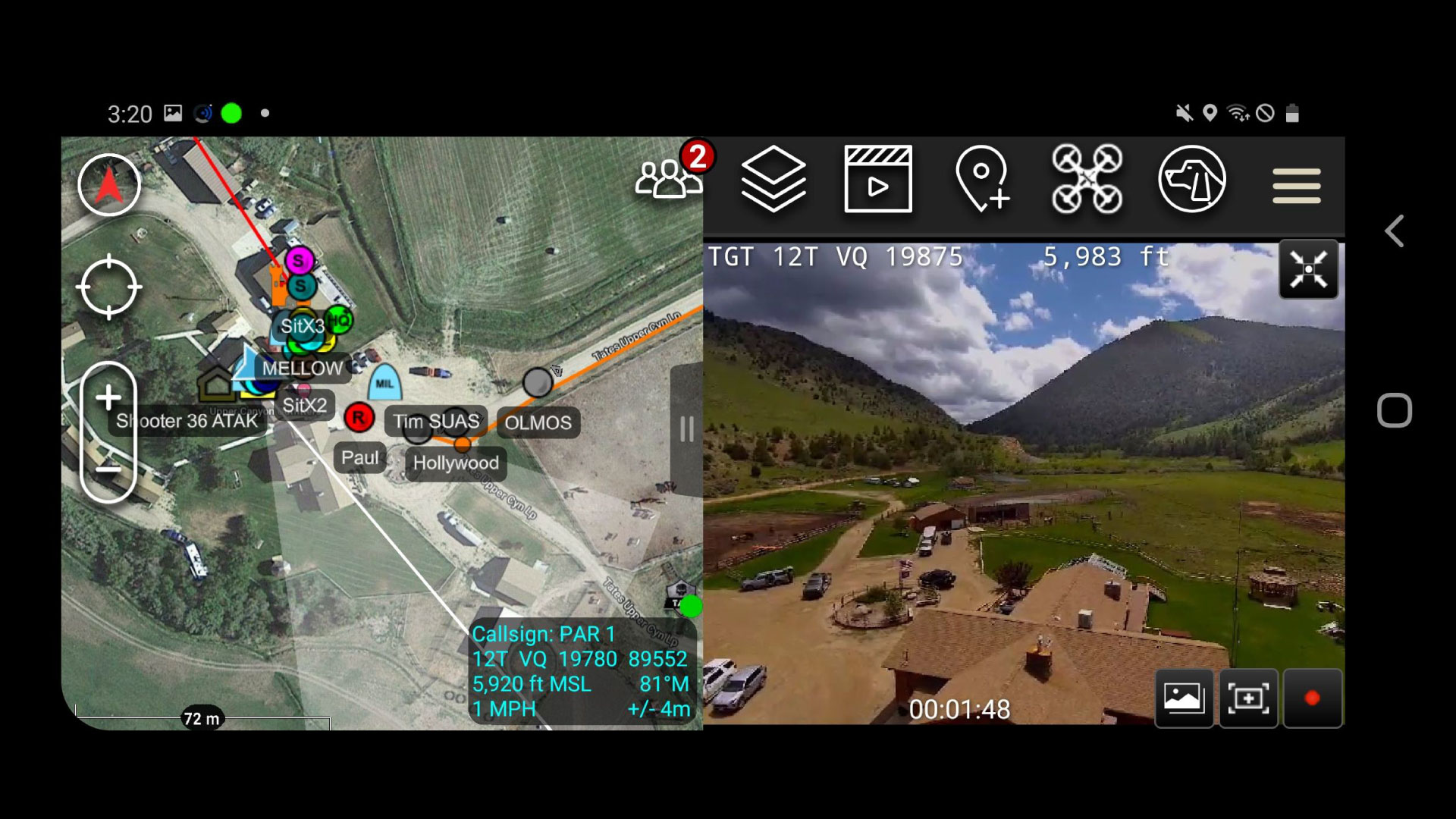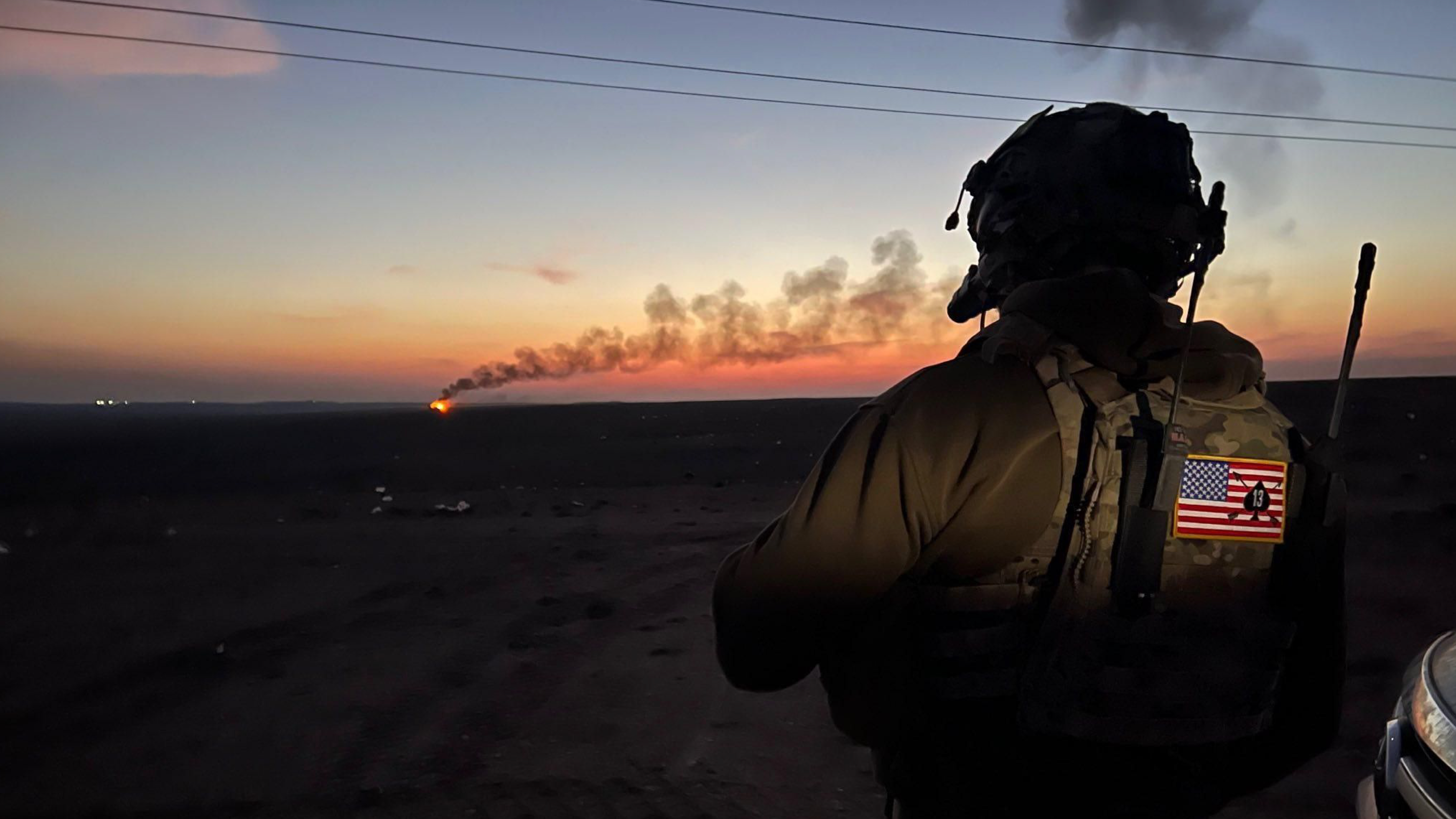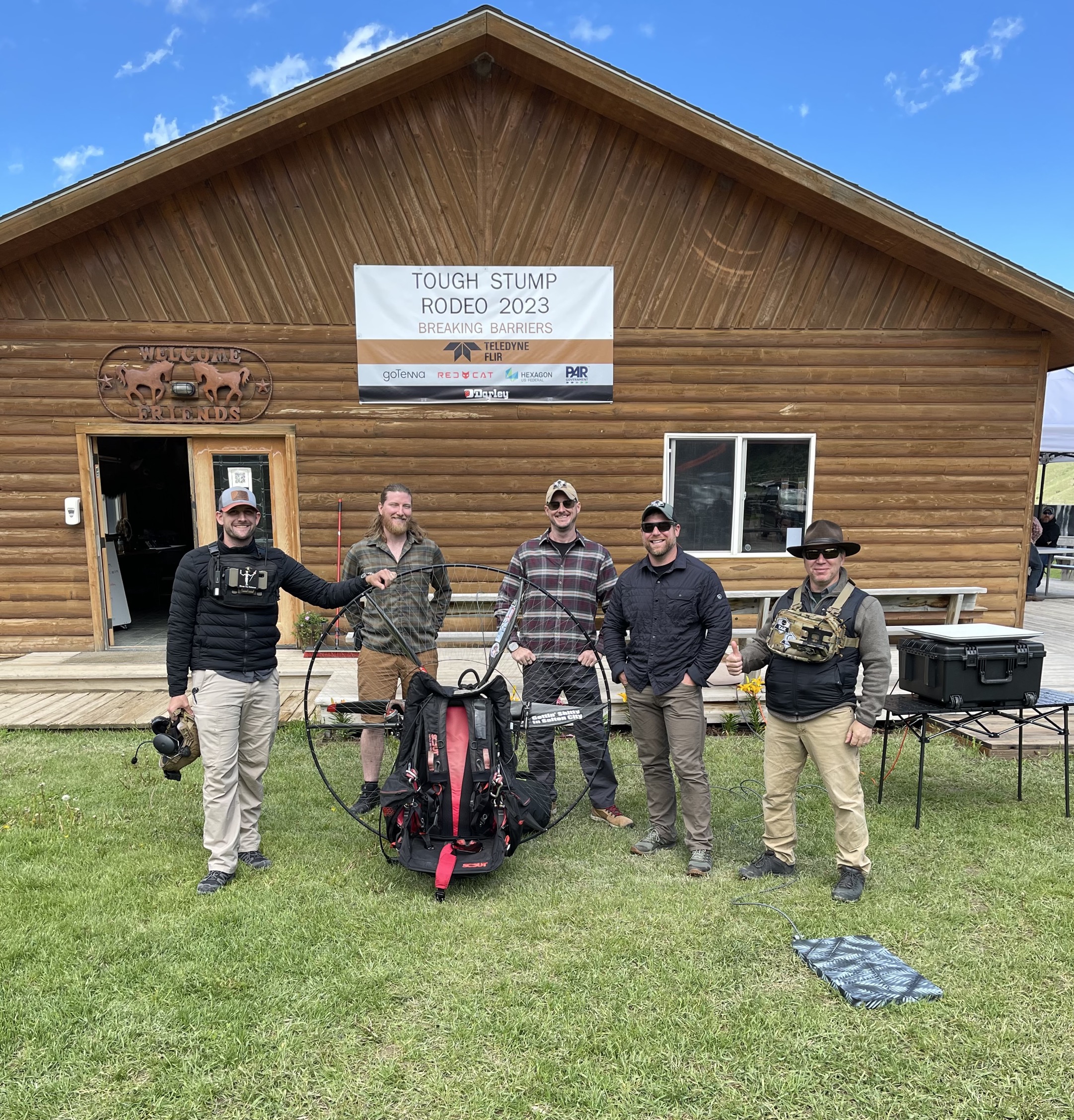Delve into alternative approaches for implementing situational awareness tools leveraging TAK without requiring every user to understand and utilize the tool. This is where PAR Government's Sit(x)® solution and knowledge of TAK excels.
Enhancing situational awareness involves grasping one's surroundings for sound decision-making. At PAR Government, we have had a lot of experience distilling the core tenants of situational awareness down into usable concepts and tools that empower warfighters and first responders alike. We have been with the Team Awareness Kit since inception, and our team has witnessed how situational awareness can have lifesaving impacts across a variety of missions. Initially tailored for specialized users, TAK offers customizable capabilities, enabling a spectrum of tasks. Yet, this blend of customization and capability can introduce complexity, potentially hindering the full realization of situational awareness within an organization.
We Work to Mitigate Information Overload
To explain, TAK uses a moving map interface to aggregate real time situational awareness data. It’s a powerful experience. While it enhances situational awareness, it could overwhelm users – especially those reluctant to adopt new technology.
How can you reduce information overload? We suggest the following strategies to help improve adoption among your team:
- Filtering and Prioritization: Implement filters allowing users to select specific data types or categories they want to view. Not everyone needs to see everything – understanding that less is more for most users is a key concept. Users can prioritize critical information while allowing flow of customized data feeds based on relevance. Sit(x) makes this easy to administer with bridge adapters and on-demand federations.
- Contextual Layering: It’s all about layers. By using layered or hierarchical visualization users can toggle different layers of information based on their relevance or importance. This allows for a more focused view without overwhelming users with too much data. Data containers, such as Keyhole Markup Language (KML/Z), can be used within TAK to easily achieve this type of hierarchical visualization.
- Smart Alerts and Notifications: Employ intelligent alert systems that trigger notifications based on predefined criteria or thresholds. Users receive notifications only for significant changes or events, reducing unnecessary information flow. The extensibility of Sit(x) allows organizations to integrate Computer Aided Dispatch (CAD) systems and other external data sources to power alerts and notifications.
- Customization and User Settings: Get rid of what you don’t need. Within TAK, the plugin architecture makes it easy for users to customize important tools they need. These configurations can be shared with other users, allowing organizations to manage different user types with relative ease.
- User Training and Guidance: TAK Training is getting easier all the time. The PAR Government team has recently partnered with Tough Stump Technologies to promote the Tough Stump Academy, providing on-demand training for TAK that can be tailored for your needs. Access to Sit(x) complements this partnership, allowing organizations to designate areas for training without impacting their operational posture.
- Feedback Loop and Iterative Design: End user feedback has been – and will continue to be – essential to effective situational awareness. Developers and end users can share a common mission driven purpose but often have wildly different perceptions of utilizing technology in the field.
By implementing these strategies, a mapping application handling real-time data can streamline information presentation, ensuring that users receive relevant, timely, and manageable information without overwhelming them with excessive data.
Leverage Chat Where Mapping Applications Add Too Much Complexity
Chat applications can significantly enhance situational awareness at scale by implementing several key features:
- Real-time Updates: Enable instantaneous information sharing among users. Real-time messaging keeps everyone informed promptly, allowing for quick responses to changing situations.
- Multimedia Sharing: Enrich communication. A picture is worth 1,000 words. Support the exchange of various media formats. Images, videos, and documents enriches communication by providing visual context, aiding in better understanding and assessment of situations.
- Geotagging and Mapping: Increase awareness. Many enterprise chat capabilities allow users to share their location or geotag their messages providing geospatial context at no cost. With the Sit(x) application, PAR Government has demonstrated how easy integrating location updates from Wickr is for ATAK users.
- AI-Powered Insights: Growth area for situational awareness. The PAR Government team has fully embraced this new area for situational awareness. Chat applications provide a great mechanism for automating insights in real time situations.
- Emergency Broadcasts and Alerts: Get updates now. Incorporate features for sending mass notifications or alerts in case of emergencies or critical updates. This ensures swift dissemination of important information. PAR Government collaborates with Wickr, acknowledging the pivotal role of broadcast bots in assessing large-scale events.
- Archiving and Search Capabilities: Review the lessons learned. Enable robust archiving and search functionalities to retrieve past conversations. This helps in referencing previous discussions, analyzing lessons learned, or reviewing historical data for decision-making. PAR Government ensures that your mission critical data remains in your hands.
- Cross-Platform Accessibility: We’re agnostic. Ensure compatibility across various devices and platforms to facilitate seamless communication among users regardless of their location or device preference.
By integrating these features, chat applications can significantly enhance situational awareness by facilitating rapid, efficient, and comprehensive communication among individuals or teams operating at scale, whether in emergency response scenarios, large-scale events, or mission-critical operations.
The PAR Government team understands situational awareness. We pride ourselves on being able to make situational awareness capabilities more approachable for the end users who need them most. Learn more about our Situational Awareness or contact our team today.



/iStock-1055162726_cropped_sm.jpg)